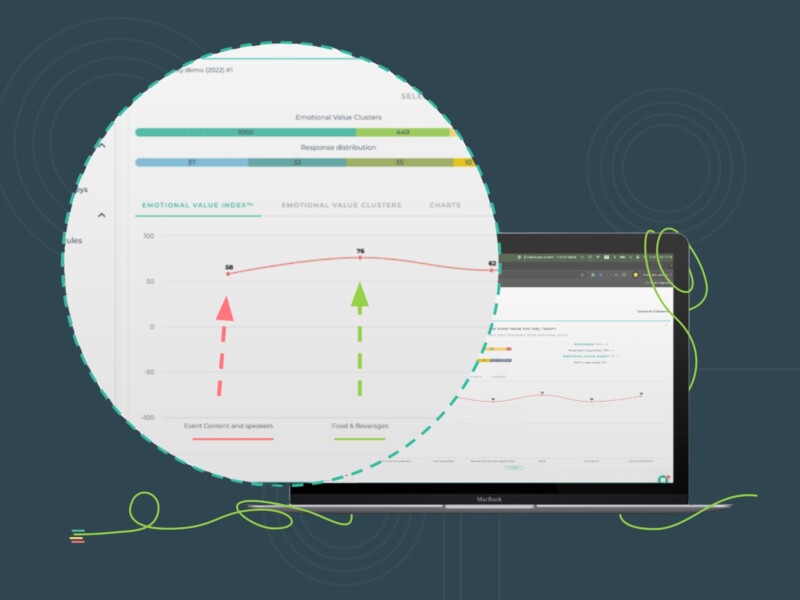Customer satisfaction is a paramount factor for the success of a business. After all, you can only thrive in the market as long as you have a client base. So, keeping your customers happy is the secret to keeping the wheels moving. Businesses use different metrics to determine how customers feel during the buying journey. One of the common and oldest metrics is CSAT.
What is CSAT and when to use it?
CSAT refers to customer satisfaction and is a key performance indicator in CX. As the name implies, the metric is used to determine if customers are satisfied with the product, service, and overall experience. The benefit of using CSAT is its versatility, meaning that it can be applied to any stage in the customer journey. It can also be used at macro or micro levels.
In the CSAT survey, customers are asked to rate their satisfaction on a scale of 1-15, ranging from very unsatisfied to very satisfied. Some surveys also have open-ended follow-up questions so customers can provide context for their responses. It is a very simple survey that is ideal for gauging customer satisfaction levels. Some common instances in which you can use CSAT are after customers,
- Browse for products online or in-store
- Abandon the shopping cart
- Purchase a product
- Contact customer support
Alternative for CSAT – Emotional Value Index (EVI®)
The Emotional Value Index is a CX metric that offers a lot more insight into customer expectations and behavior. EVI® is designed to measure emotional experience, or in other words, how customers “feel” about the product, service, or experience.
The EVI® survey asks the customer to denote the emotion that best describes how they feel about the particular experience. The emotions of enthusiasm, joy, trust, surprise, disappointment, sadness, frustration, irritation and indifference are displayed in a circular form to avoid survey bias.
The purpose of EVI® is to determine how customers feel at different stages in the customer journey, streamline their experience, and evoke emotions that improve sales. Essentially, keeping your customer happy!
CSAT vs. EVI® – What is the difference?
So, which is the better pick? The ideal metric depends on what you intend to measure and its ultimate purpose. For example, if you are trying to assess the overall customer satisfaction level, CSAT is ideal. But, it’s only geared towards measuring satisfaction. However, the visibility and insight delivered by CSAT alone are inadequate to understand the quality of experience and underlying issues. Also, it’s noteworthy that the definition of satisfaction can be subjective.
Customer experience is a more complex concept wherein satisfaction is only one element of it. EVI®, which taps into the emotions of customers, is a more effective KPI to measure the quality of individual touchpoints, different stages, and the overall journey.
Both CSAT and EVI® can be applied throughout the customer journey, but EVI® is better at measuring the efficacy of each phase than CSAT. Let us explain. While you can use CSAT at the advocacy phase, it’s difficult to determine if satisfied customers will most definitely recommend the business to others. Also, unsatisfied customers may not choose to answer the survey at all.
On the contrary, EVI® is more straightforward. It looks at how customers feel, and through these emotions, it’s possible to predict customer behavior more accurately. The majority of our actions are driven by emotions, and for businesses, customer emotions offer a treasure trove of data.
What’s very effective is using these two metrics together. You can use EVI® as the primary metric throughout the customer journey and use CSAT wherever necessary. CSAT will provide background information for customer emotions. It’s easier for businesses to identify pitfalls and rectify them. Take a look at our blog on common CX metrics to learn about different KPIs and where you can apply them.




